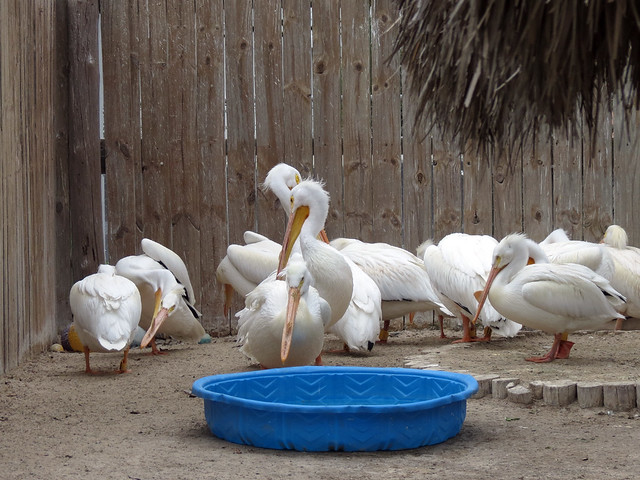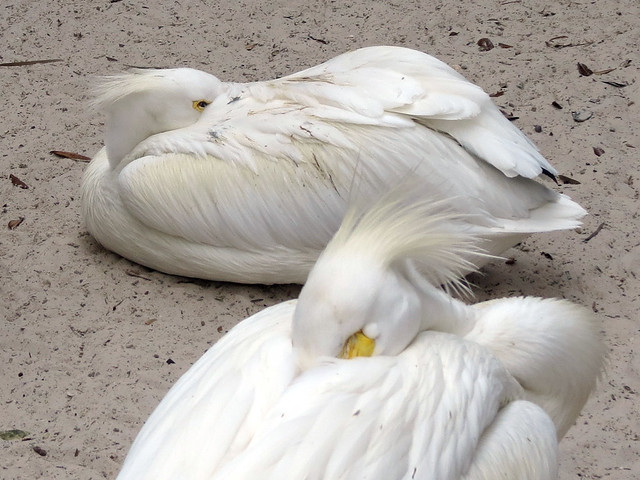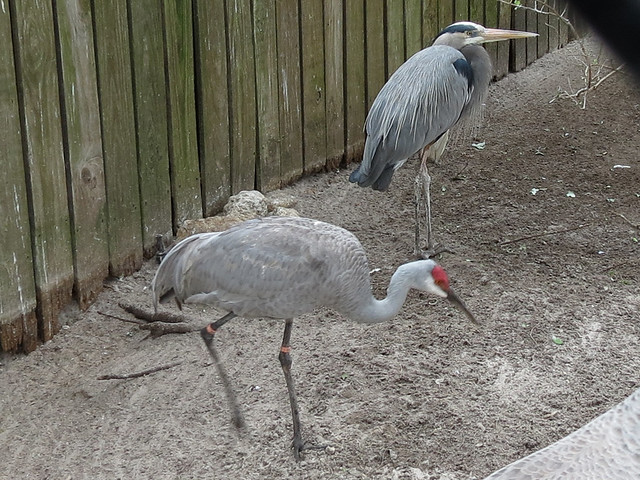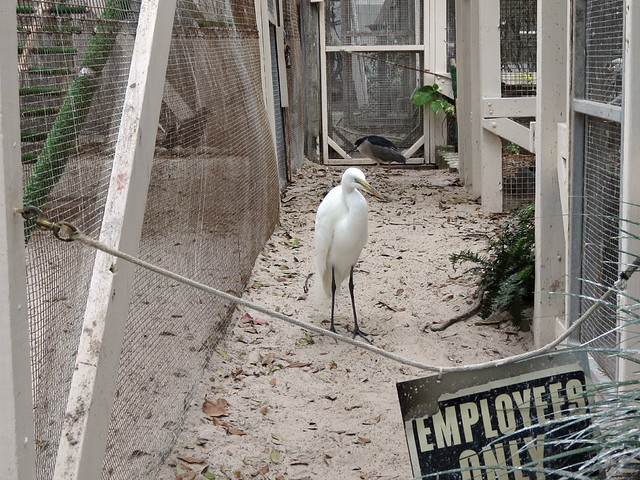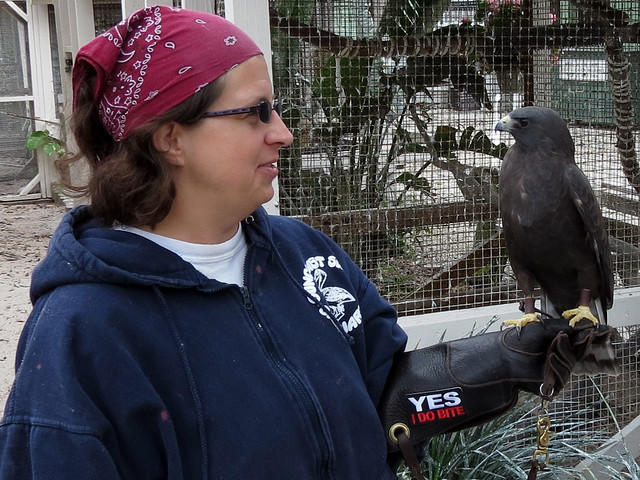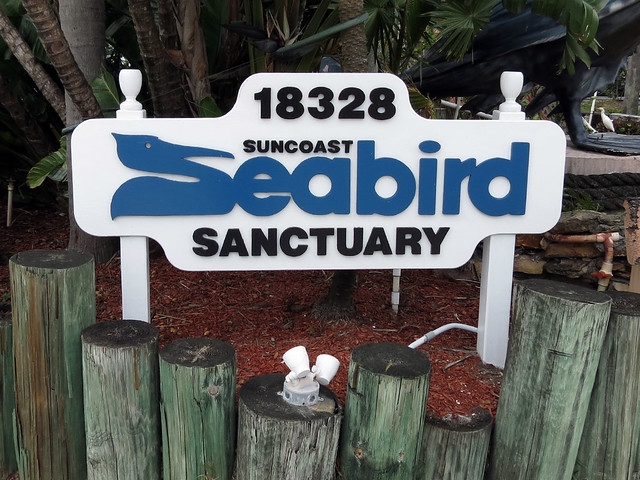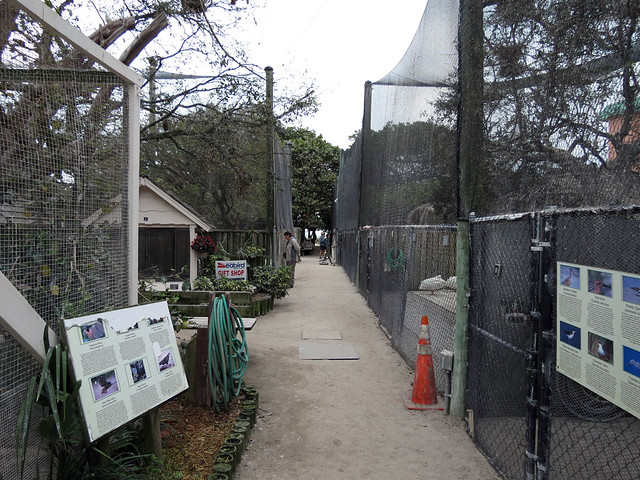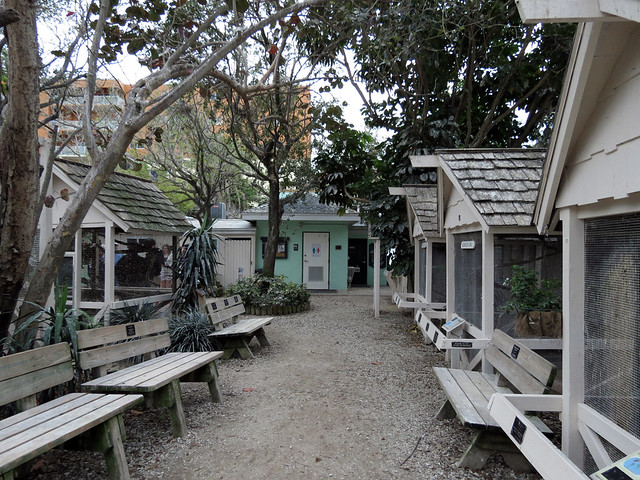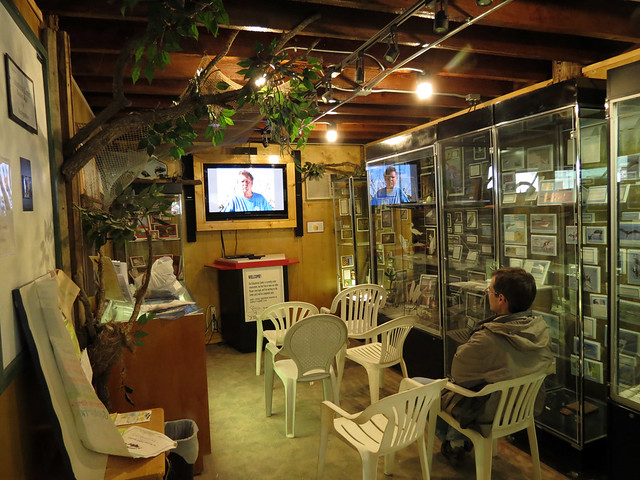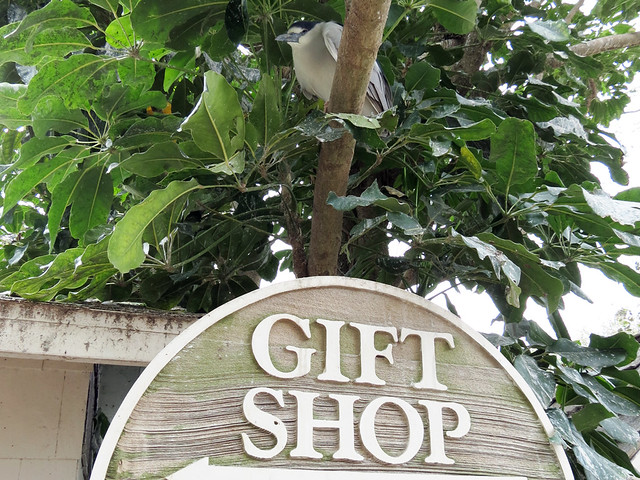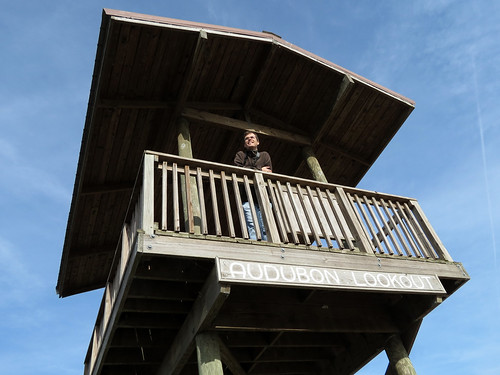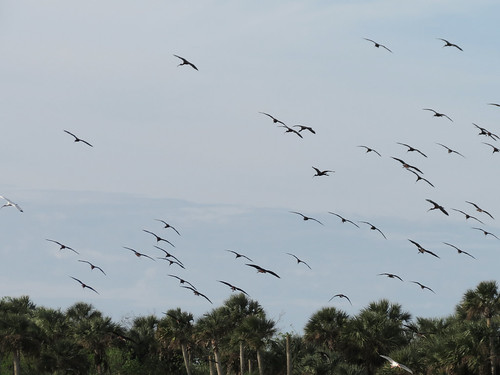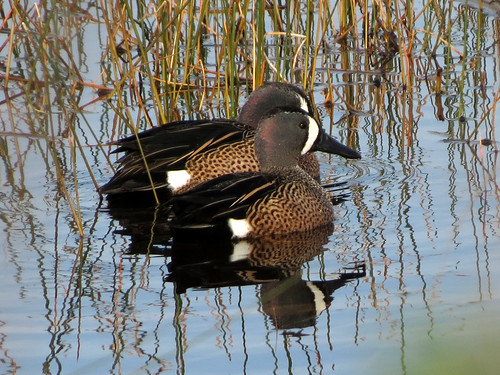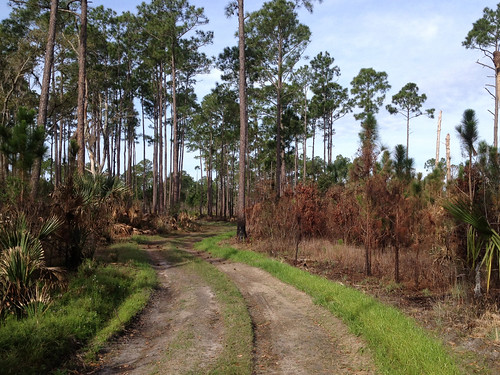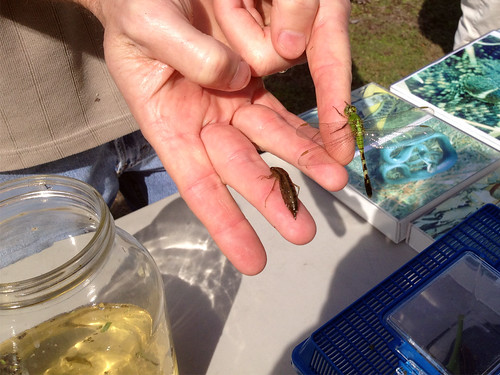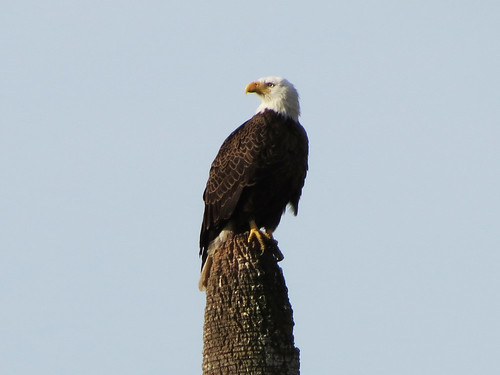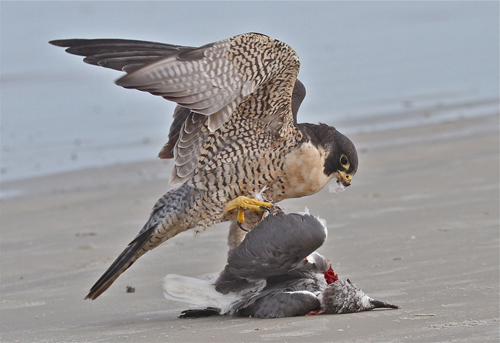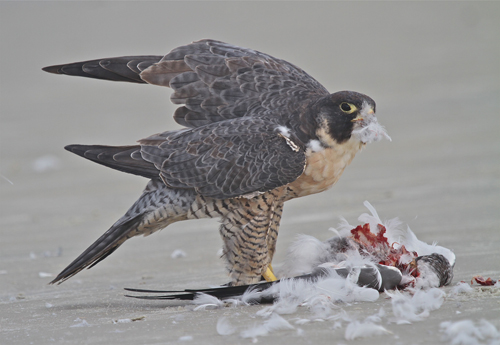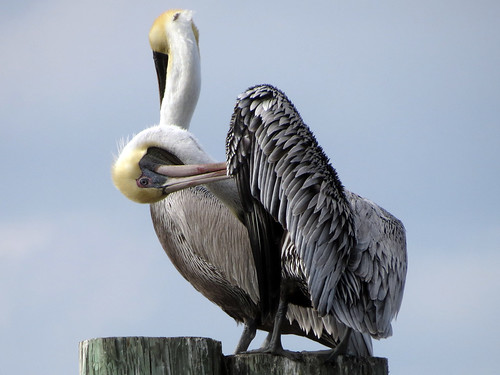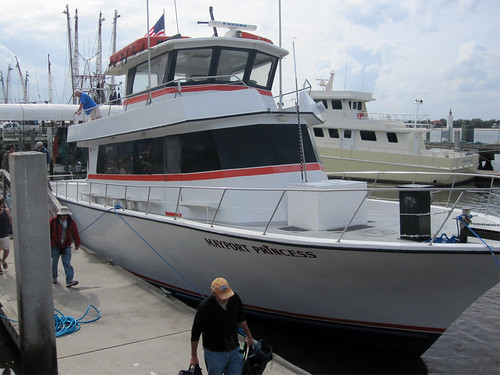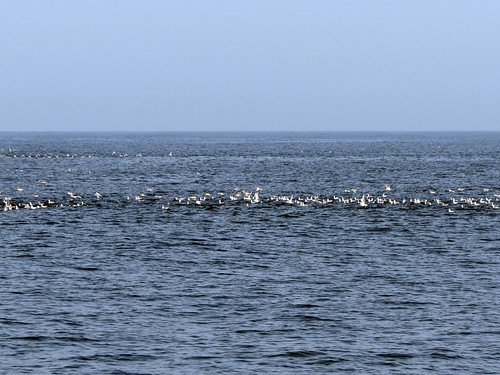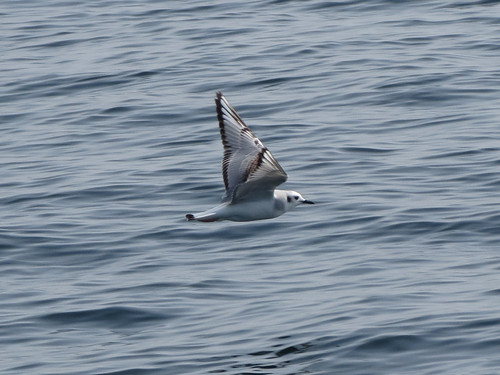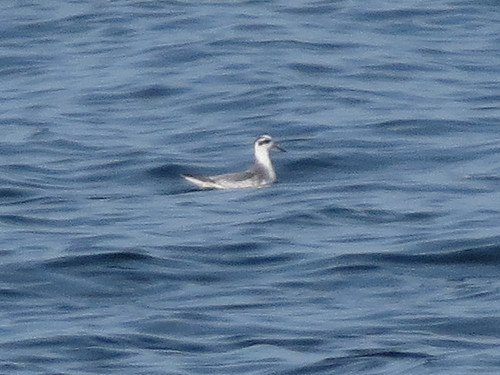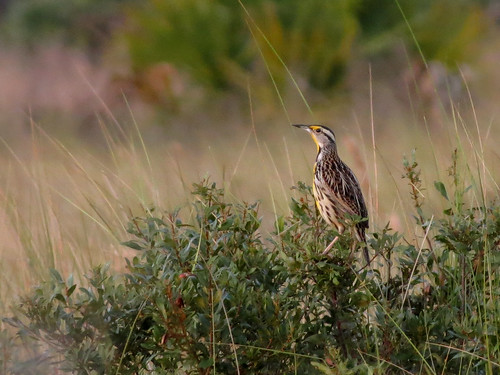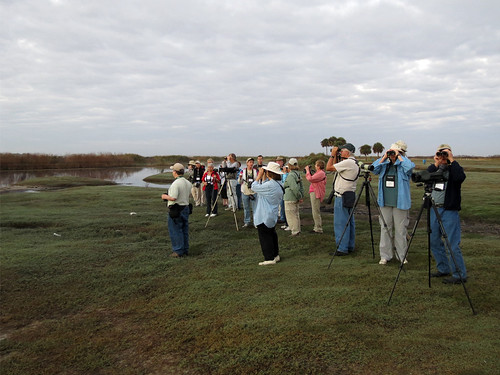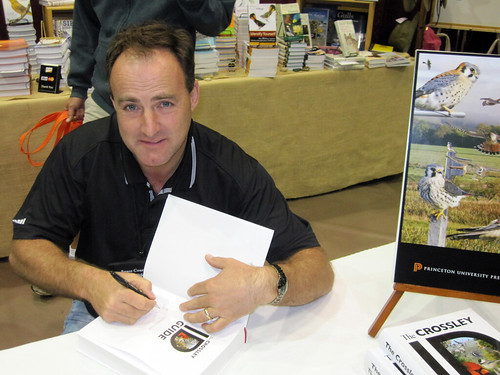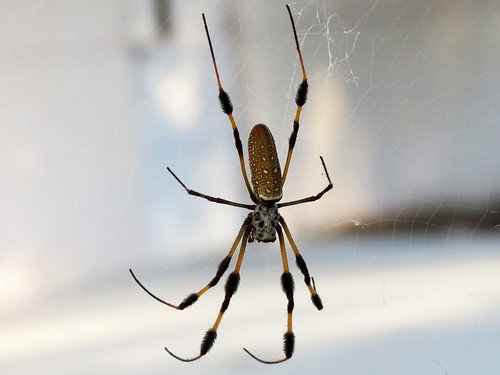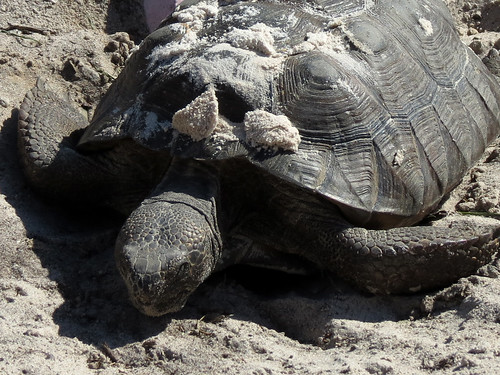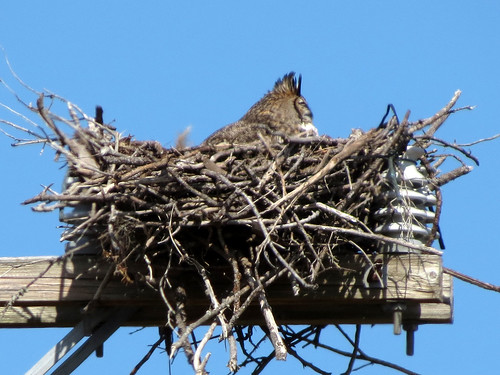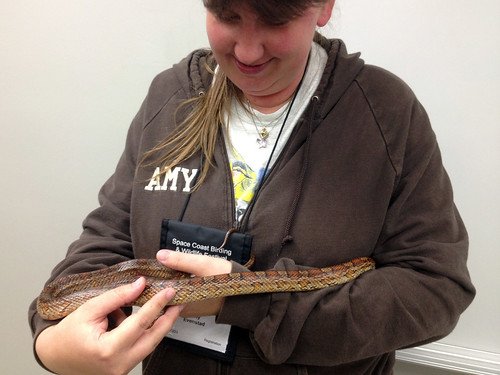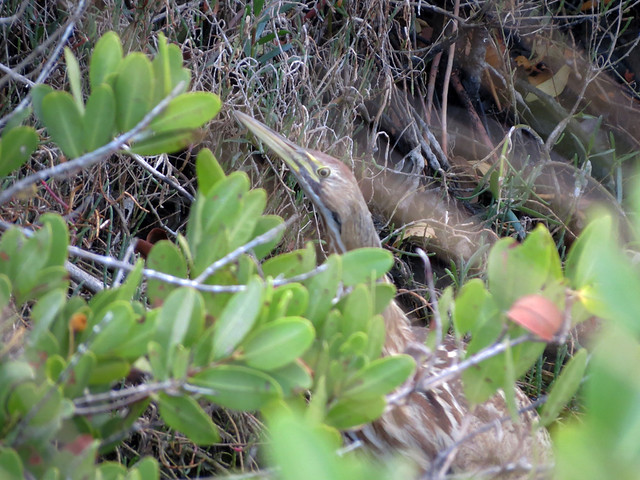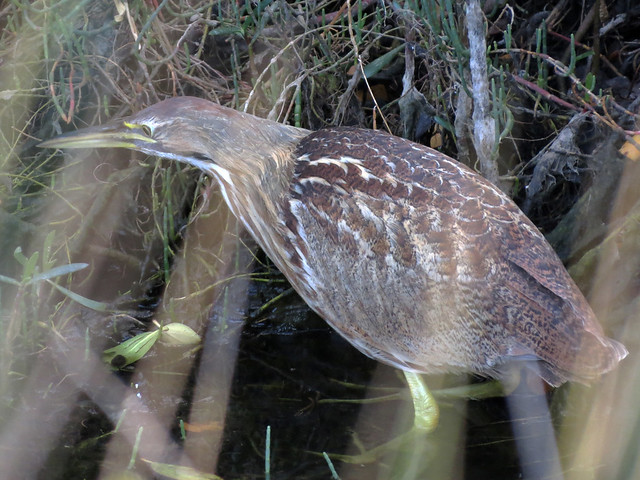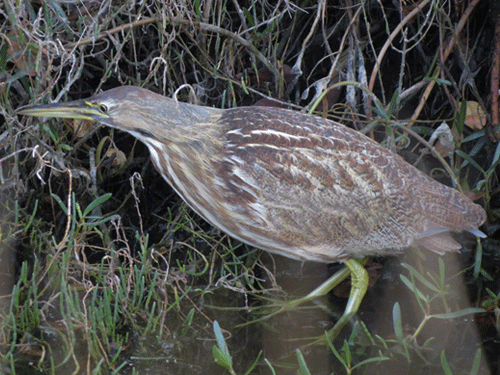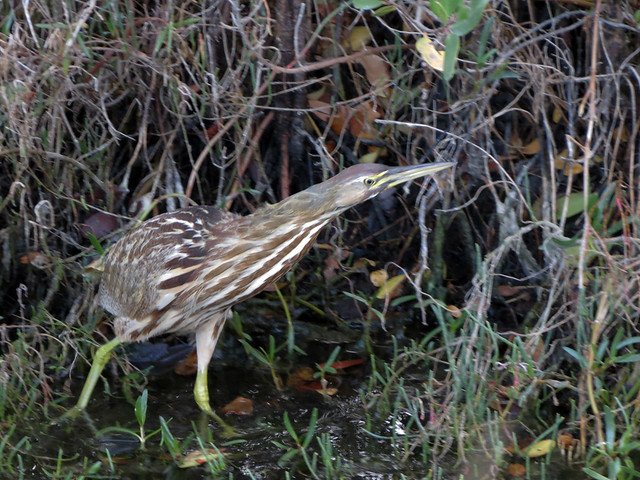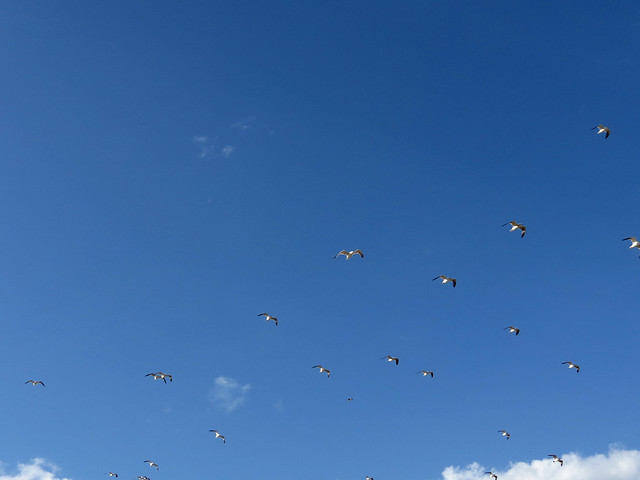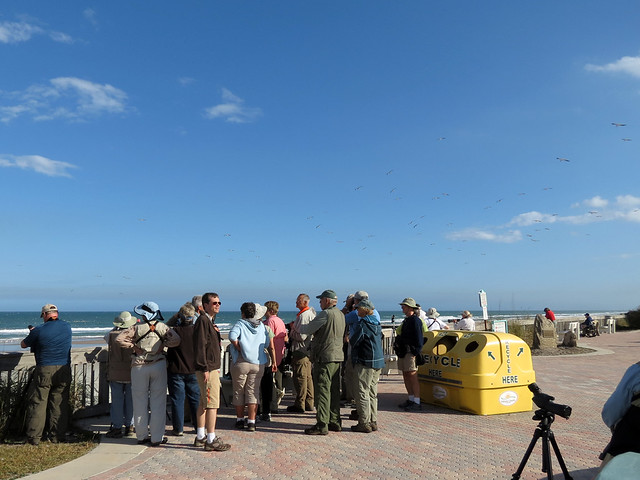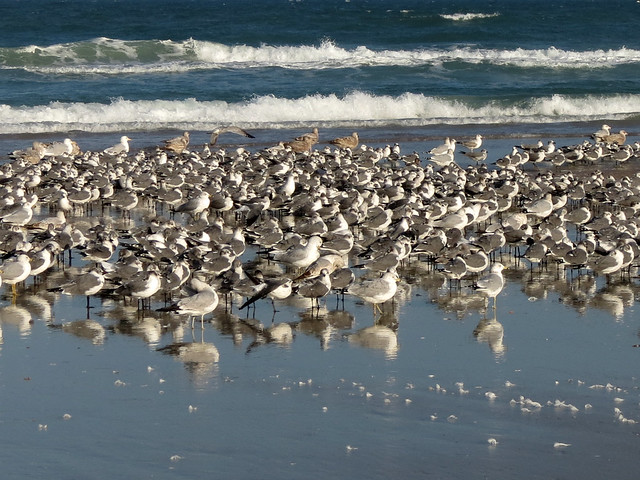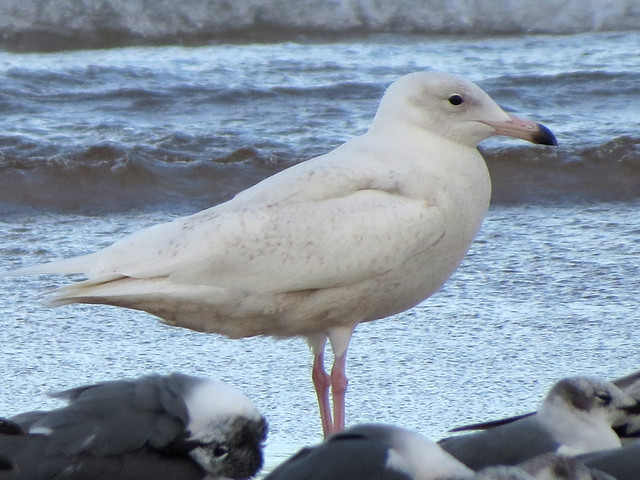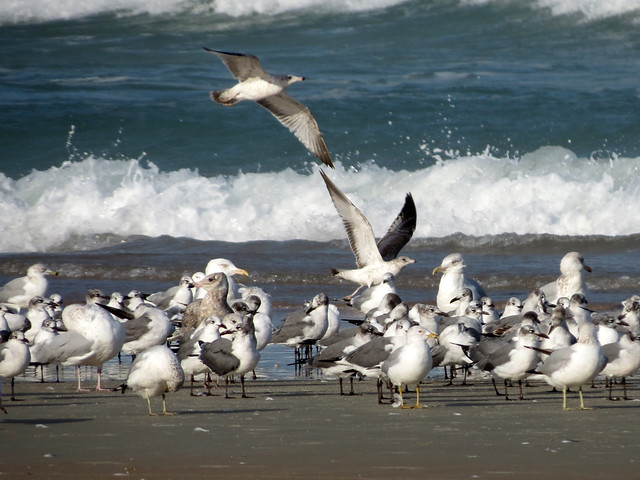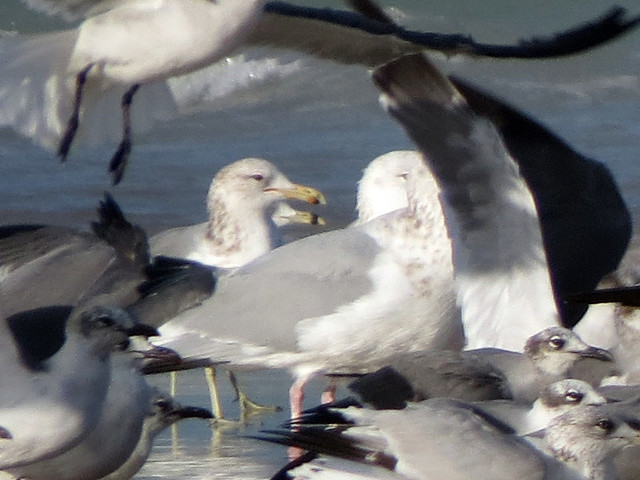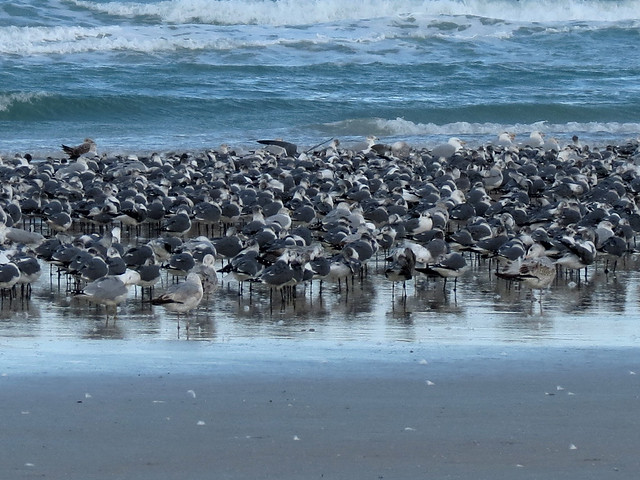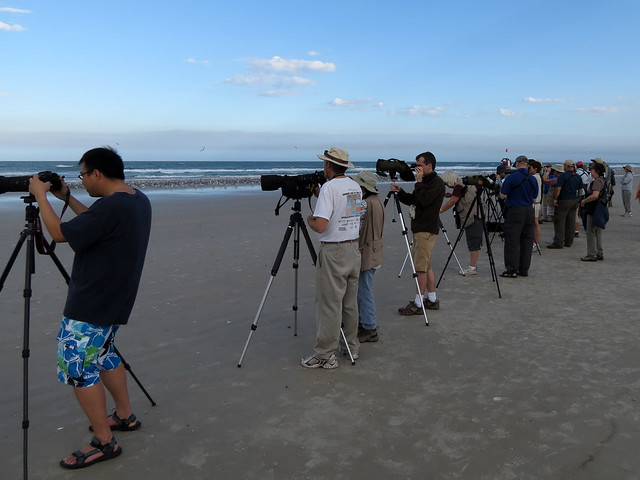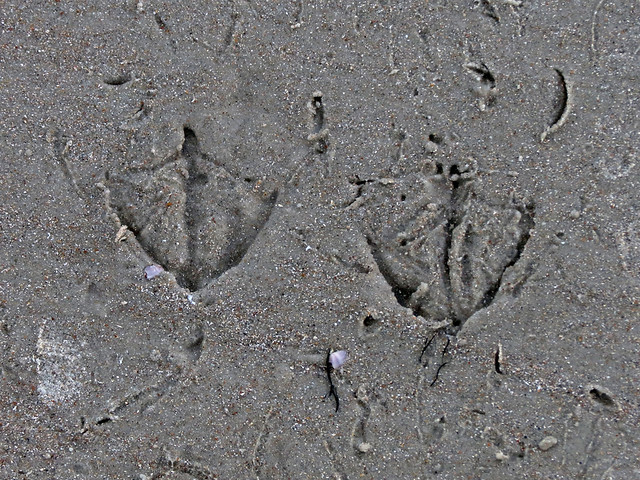Raising Baby Brown Pelicans
One of the most remarkable stories of the Suncoast Seabird Sanctuary is the success they have had in breeding captive Brown Pelicans. In 1974 a captive pair of Brown Pelicans successfully raised a chick, named Pax, to fledge and leave the Sanctuary. This was the very first time a Brown Pelican had ever hatched in captivity.
At the time, in the mid-1970’s, the Brown Pelican was an endangered species. Between 1975 and 1982, over 130 baby Brown Pelicans successfully fledged into the wild after being reared by captive, permanently injured parents. Many more have followed since then. It was obvious during our visit that the Brown Pelicans continue to breed very successfully at the Sanctuary. The baby birds we saw will one day be freed, too. When the babies are ready, the top of the Brown Pelican enclosures will be removed and the healthy birds will be able to leave.
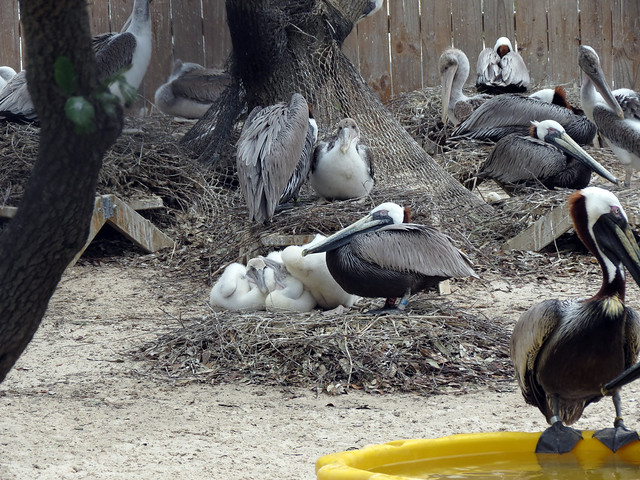
A parent sits with three babies
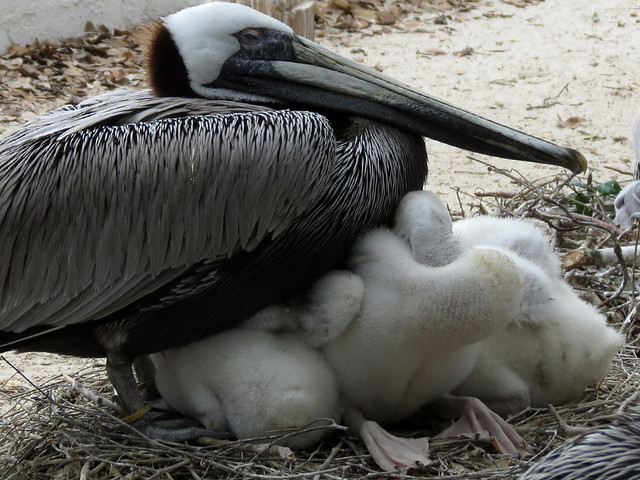
Though they are in an artificial environment, the birds are comfortable enough to breed successfully
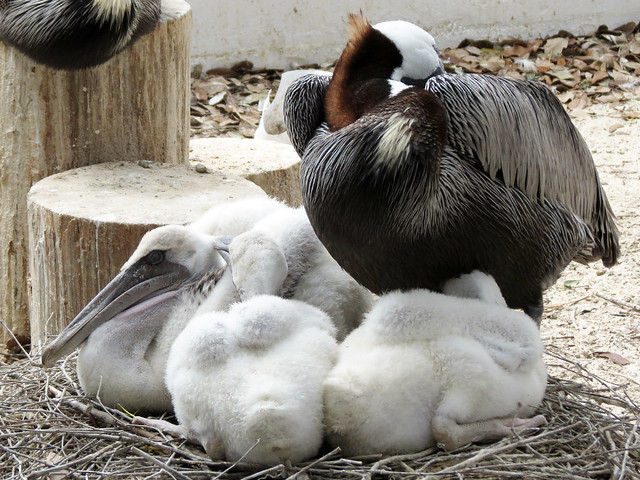
Another nest, more sweet babies


Look at that little pouch!
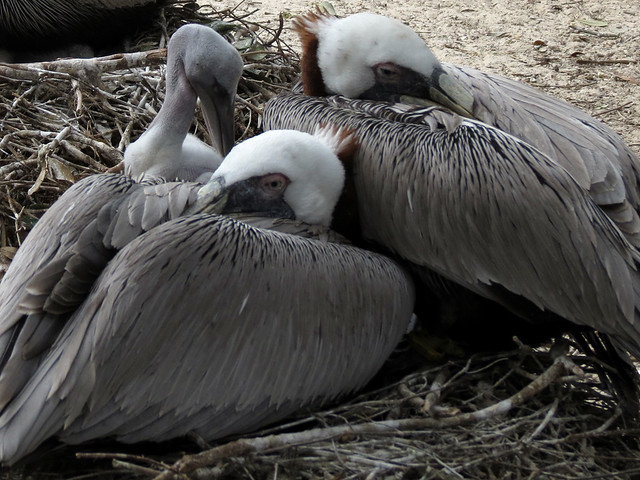
Two adults sleep near their young chick
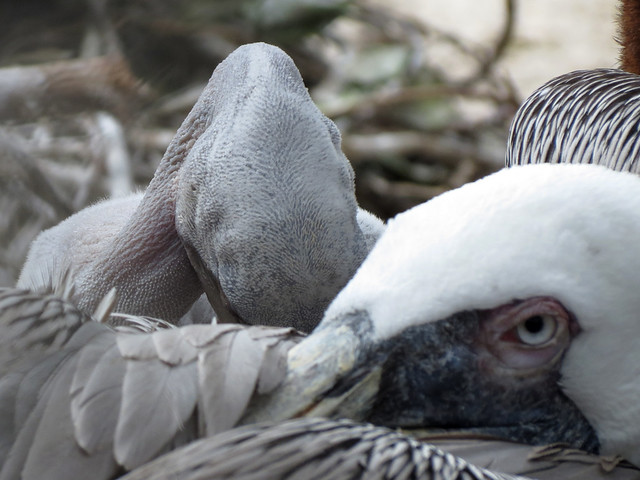
Baby pelican skin
The Suncoast Seabird Sanctuary is located at 18328 Gulf Boulevard in Indian Shores on the west coast of Florida. The Sanctuary is open 365 days per year, from 9AM until sunset. Admission is free. The nonprofit relies on donations to care for up to 8,000 injured birds each year. Visit their website to learn more.



